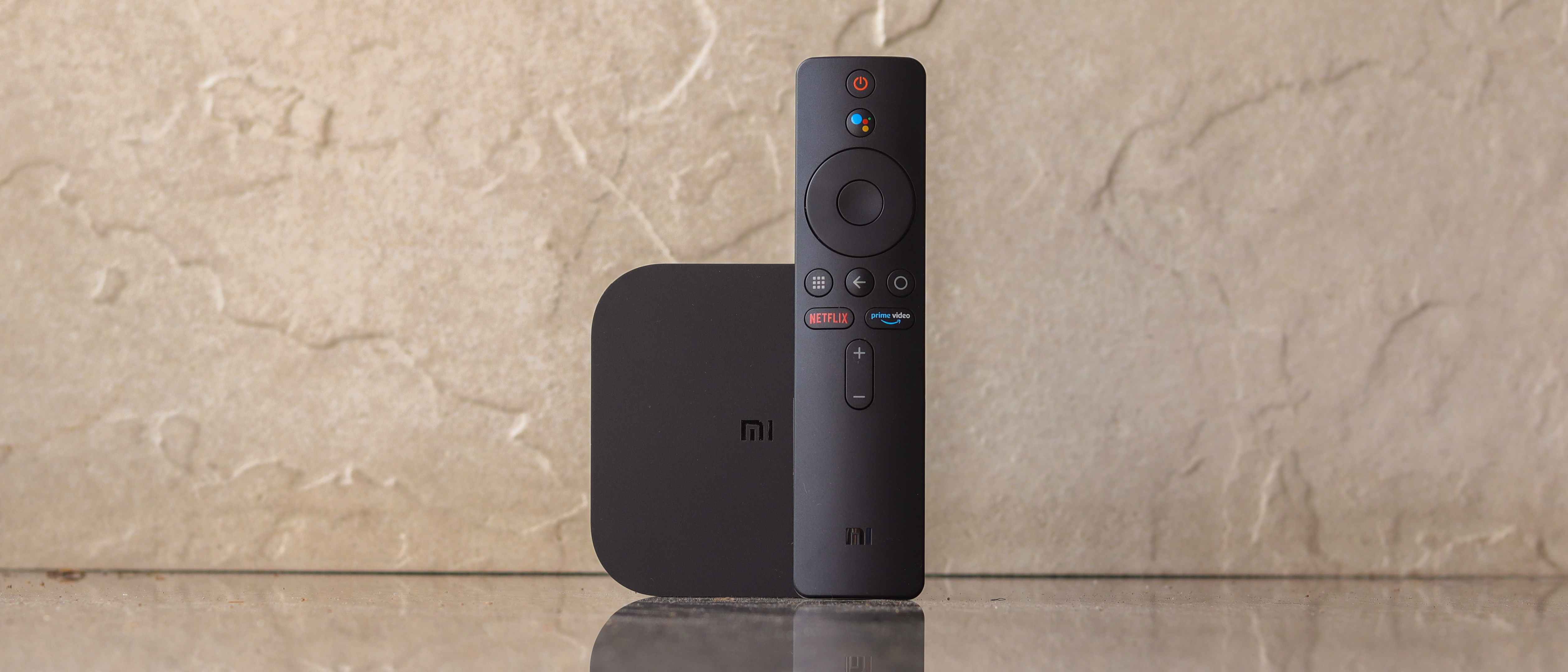TechRadar Verdict
The Xiaomi Mi Box 4K is an easy product to recommend. It has a simple objective of converting not-so-smart TVs into full-fledged media streaming devices, has a ton of features and is rather affordable. For a price of just Rs 3,499, there isn't much to complain about here; it does what it's supposed to.
Pros
- +
Affordable
- +
Chromecast Ultra built-in
- +
Google Assistant
- +
Access to Play store
- +
4K HDR10 support
Cons
- -
No Dolby Vision support
- -
Uninspiring design
- -
Occasional stutters
Why you can trust TechRadar
Xiaomi has often acted as an enabler for the masses. It did that with smartphones, and is now trying to create ripples with smart connected devices. With an even stronger focus on tech beyond smartphones for 2020, it has been able to make products usually associated with affluence, affordable and accessible. The Mi Box 4K is a quintessential offering following the same belief — bringing a decent Smart TV experience to those who may not have one.
While Xiaomi made a name for itself in the smartphone space, TVs are a very different ballgame. It’s a high involvement product that is shared between multiple users and is not changed nearly as often. This means that the willingness to jump on the Smart TV bandwagon may not always be backed by the ability to purchase. The Mi Box 4K exists to help such consumers.
Xiaomi estimates that about 50% of all modern TVs currently in use are still not Smart TVs. This includes two distinct sets of consumers: Those with a high-end TV that lacks smart features and those with basic TVs that do not offer a great content experience. The Mi Box 4K aims to provide contentment to both of these segments.
It is a simple plug and play solution that injects new life into not-so-Smart TVs. Spoiler alert: It does the job admirably well; Maybe it’s just this period where we all are consuming a lot more content online, or the fact that I fall squarely into the aforementioned target groups of people stuck with an underwhelming Smart TV setup. If you think your TV can do better but is held back by software capabilities, look no further than the Mi Box 4K. It’s an easy to recommend product for those people who specifically need to address that issue.
Price and availability
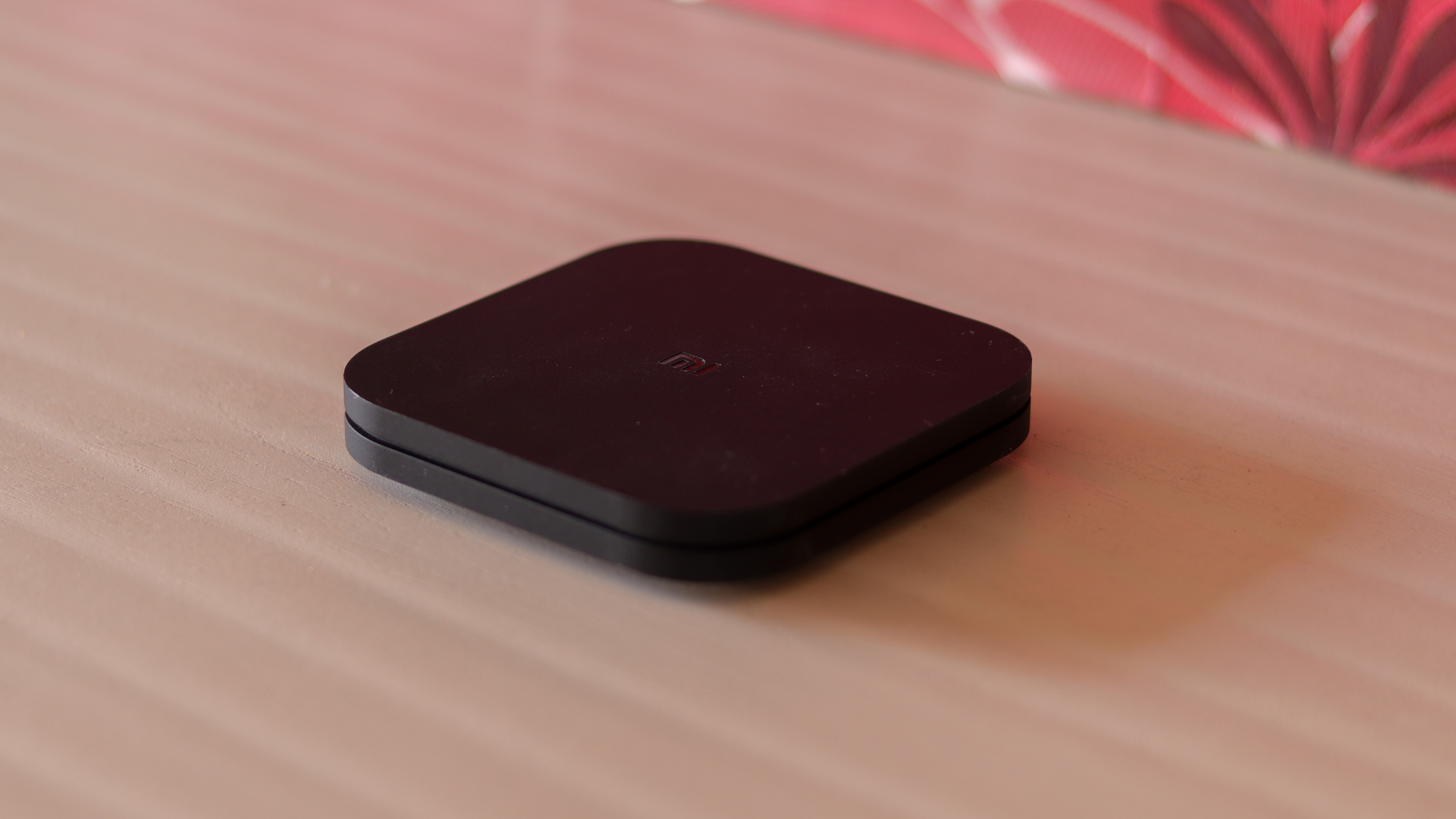
The Xiaomi Mi Box 4K Ultra HD streaming player was launched in India in May, alongside the Mi TWS 2. It is priced at just Rs 3,499 and is available from Mi.com and Flipkart.
Initial setup
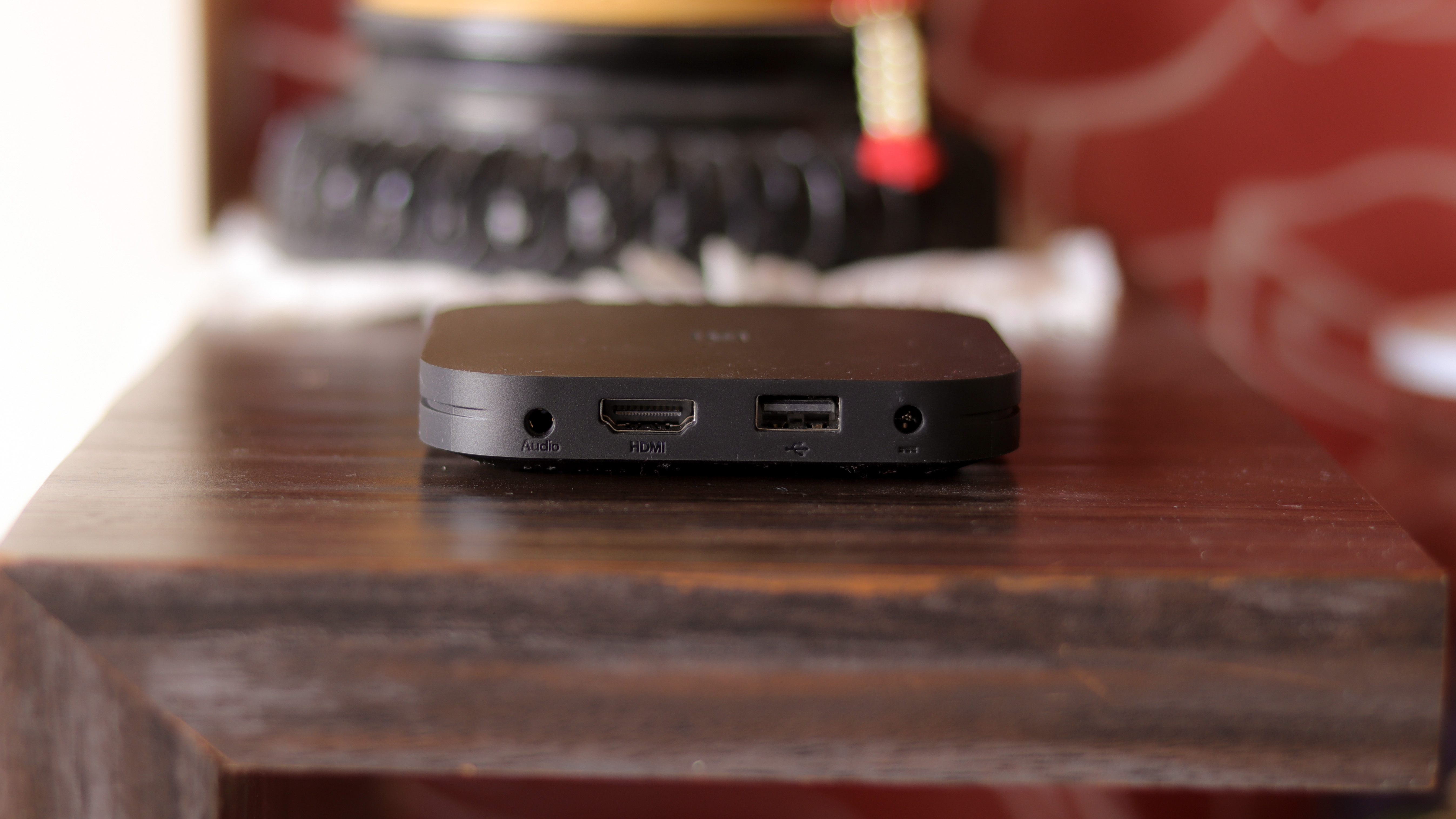
The initial setup is pretty straightforward for the Mi Box 4K. All you’ll need is a power socket for the adapter and a TV with an HDMI port. For optimal results, use an HDMI 2.0b port, which will also enable HLG and HDR. Not all HDMI ports on the TV are equal, so spend some time to figure that out, especially if you are looking to take full advantage of the 4K HDR capabilities.
Once switched on, the Mi Box will take you through a simple setup process for the WiFi connection. You can do that via a phone connected on the same network or by manually typing in the user credentials. It can take a few minutes to get configured. To get the most out of your TV, ensure that it gets a strong WiFi reception. There’s likely to be a major software update upon first boot, which will enable a lot more features.
The setup process for the Chromecast and Bluetooth audio is also standard, and will barely take a few minutes. The latter allows viewers to consume content via earphones too, for a private experience. Keyboards and mice can also be connected.
After this, you can start using the TV normally and all your apps and features will be in place. Some platforms come pre-installed while the others can be downloaded from the Play Store. Suggested apps include a file manager and a media player to play content locally off a pen drive or hard disk.
It runs off a 64-bit Amlogic processor with Android TV OS 9.0, and performs very smoothly. Other internal specifications include 2GB of RAM, 8GB of storage (for apps) and a Mali 450 GPU.
Built and design

Unlike phones, TVs and connected devices are usually the centrepiece of a living room, and thus, call for better designs that will be seen by many. While the Mi Box 4K isn’t the most elegant device of its kind, it takes the minimal route with a tiny matte black box that resembles a puck. It may seem similar to the Apple TV box, but is a lot more discreet in my opinion. It’s devoid of any unnecessary embellishments, with just a tiny logo on the top and a status LED on the front.
It isn’t too big or heavy, and can be easily tucked away. If you want, you can actually hide it behind the TV’s frame or in the cabinet, as the remote will continue to function. It’s easy to blend in.
It has a decent port selection too, consisting of a DC power in, HDMI 2.0 out, a USB 2.0 port as well as a hybrid audio port. The USB port can be used to connect a pen drive or a hard drive to stream media locally. It also supports a lot more formats than what TVs generally do, which is an underrated boon. Similarly, the audio jack also supports pass-through, and can be connected to external speakers for a better audio experience. Alternatively, Bluetooth headphones and speakers can also be paired.
Remote
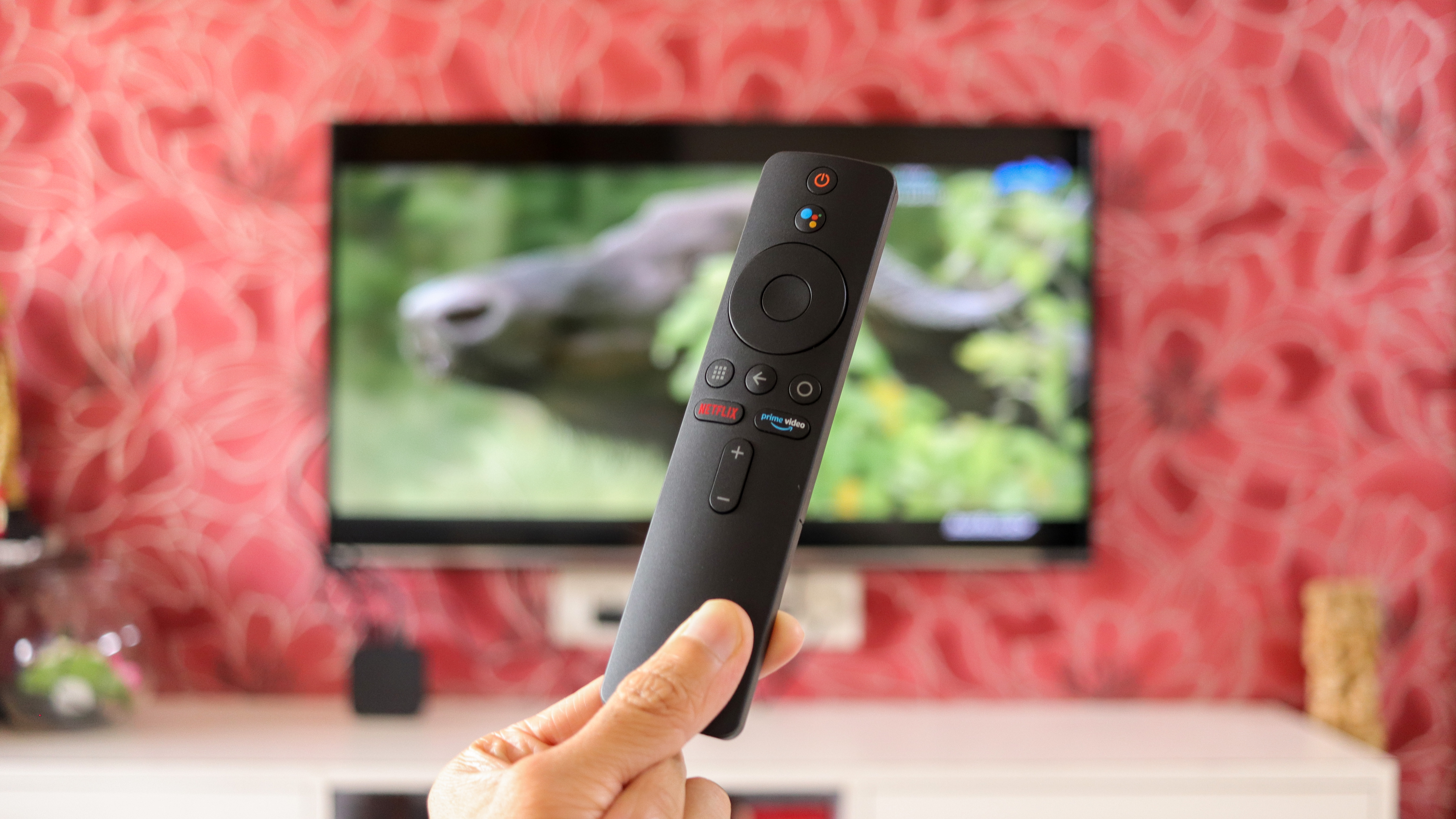
A remote is also included in the package to navigate through the interface. It runs over Bluetooth instead of infrared, so you won’t need to point it at the box to use. It is powered by two AAA batteries, which are not included.
It has a petite, lightweight design with a matte finish. Navigating the UI is pretty simple too. The remote has a D-pad to move around, a button to select, and a couple to go back to the home screen or the app drawer. OTT platforms such as Netflix and Amazon Prime Video have a dedicated button on the remote for quick access. There’s also a Google Assistant shortcut for voice commands, which makes the usage a lot easier and quicker.
Features
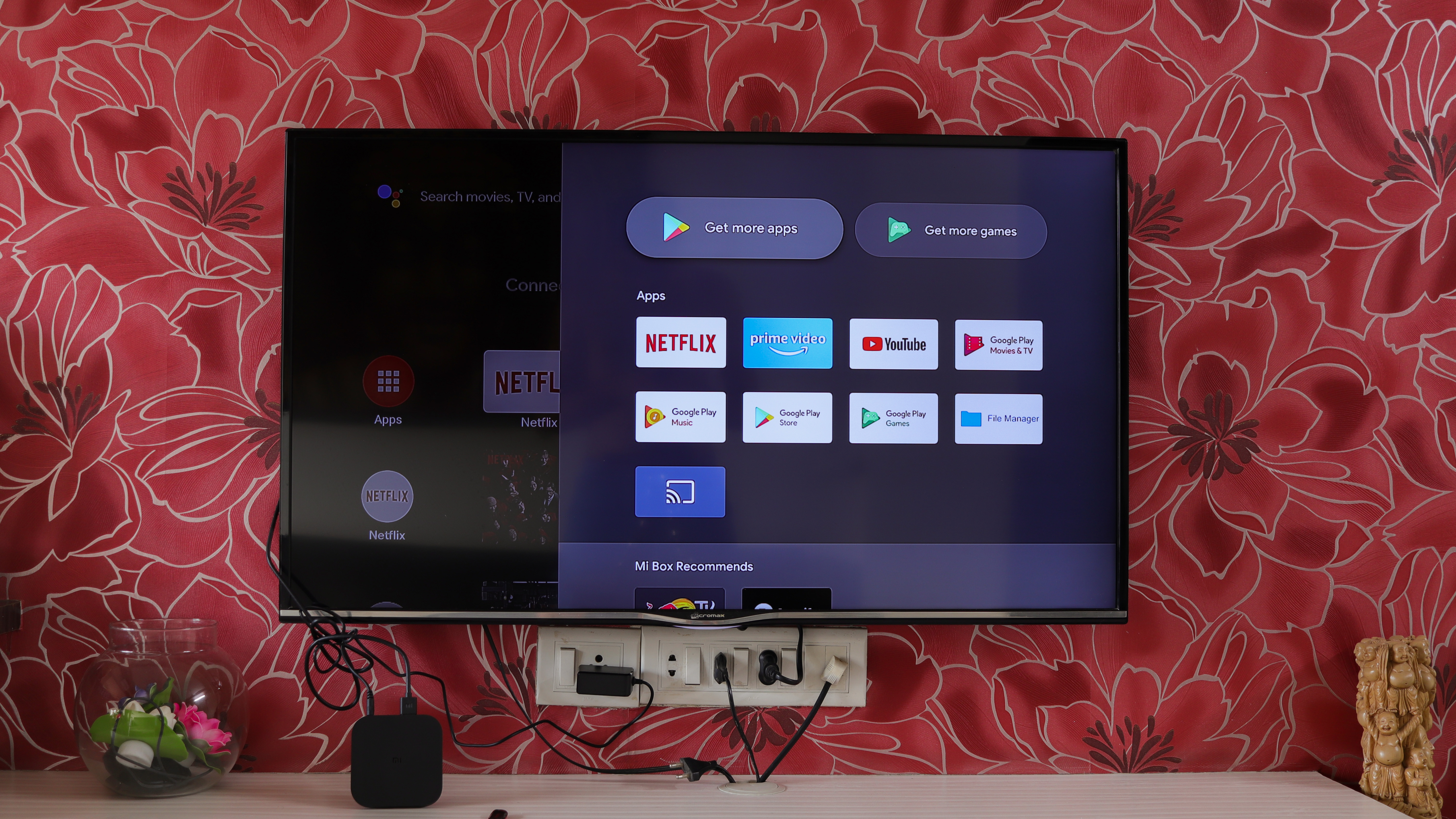
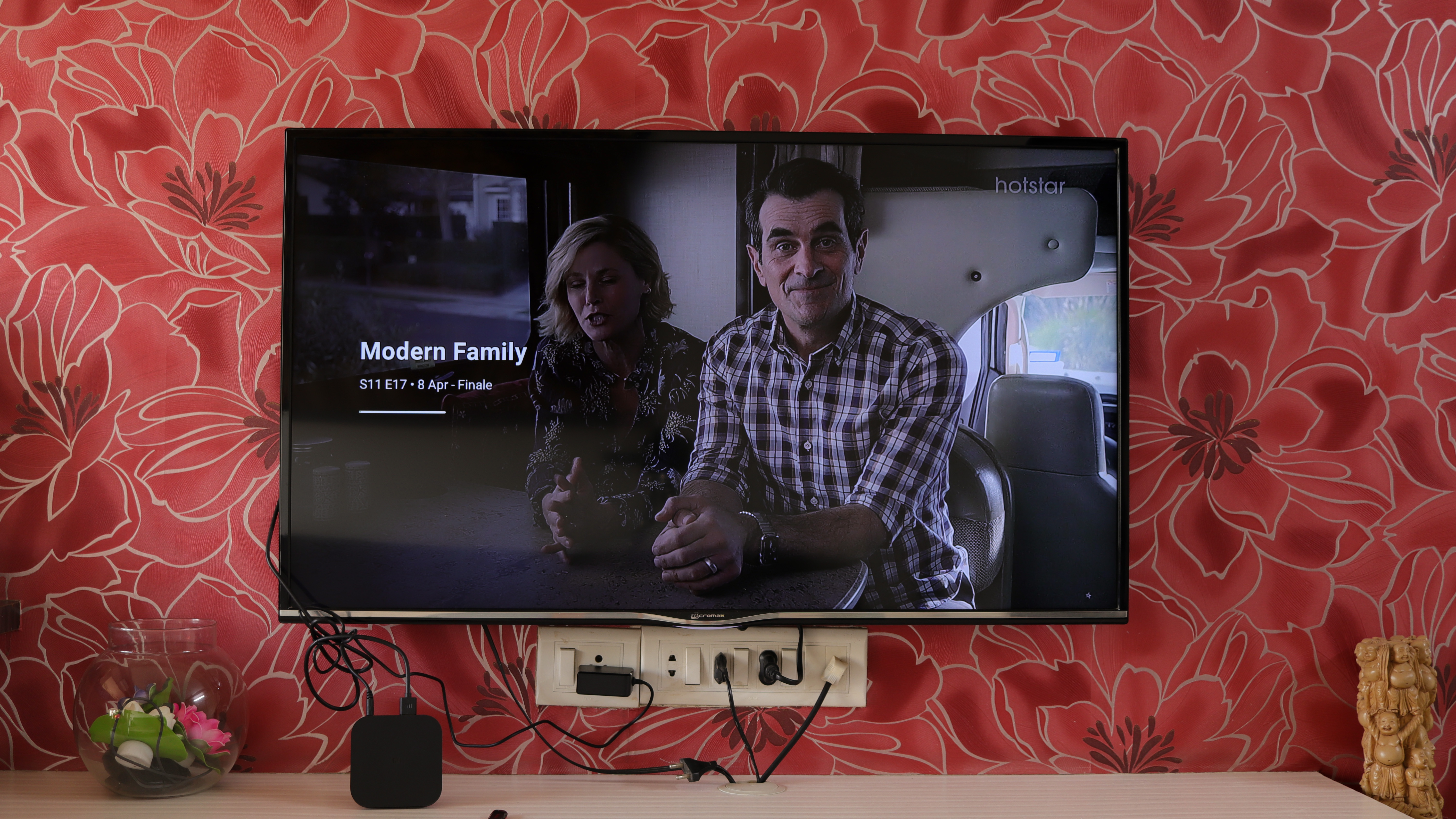
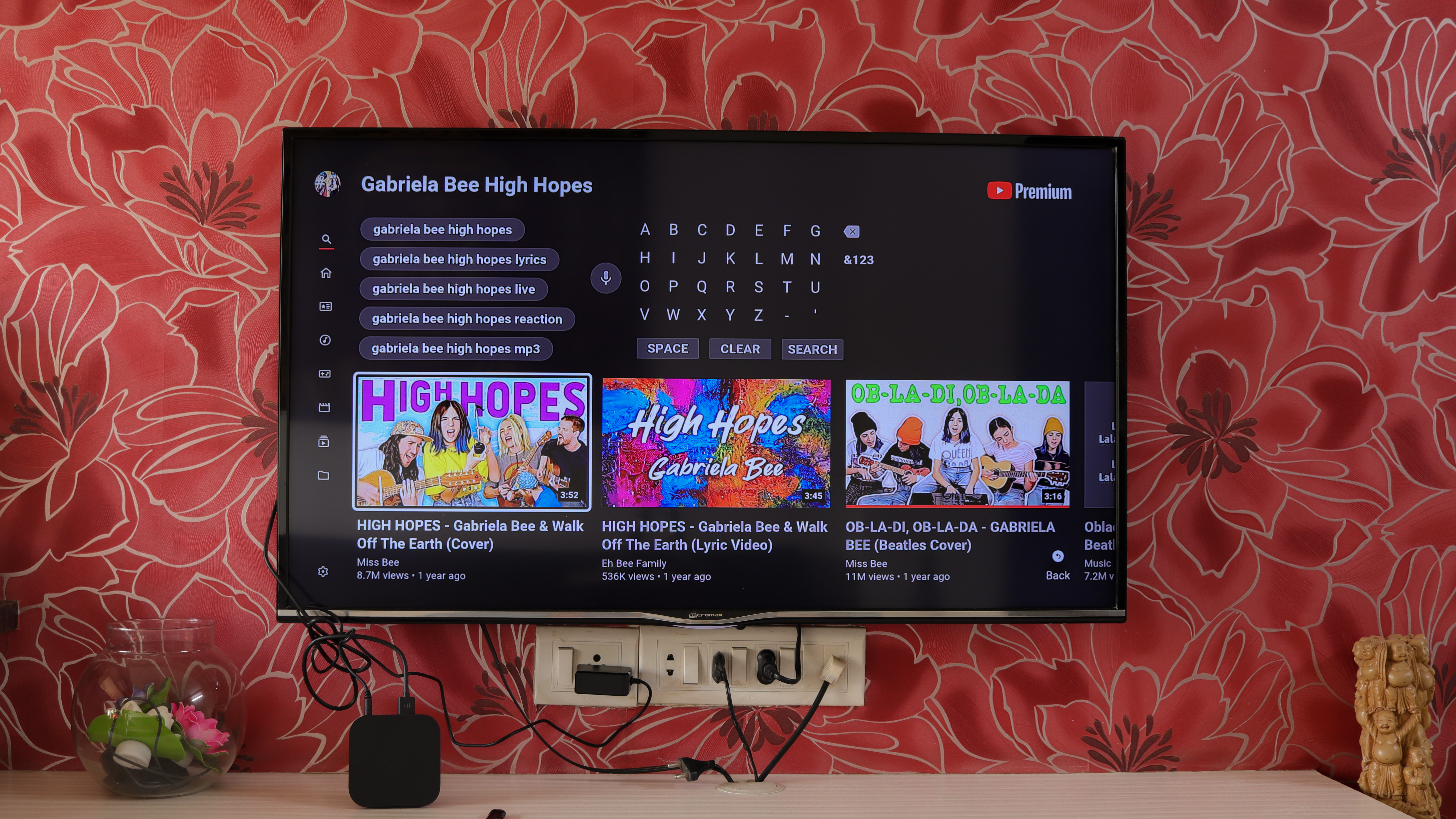
For me, the Mi Box 4K supercharged my TV’s abilities in a way that using it finally became enjoyable. It has a brilliant app library which works surprisingly well. The listed apps feel like they have been designed for a TV and not adapted.
For example, the YouTube app has big tiles which show content based on past consumption and recommendations. The navbar is on the left to sort things more gracefully, with the search bar on top. The ability to search via voice came handy as typing on TVs is not particularly comfortable.
All the major content platforms such as Netflix, Amazon Prime Video, Disney Plus Hotstar, Zee5, as well as regional providers are supported. For the uninitiated, you will still have to pay for the subscription. The signing-in process was extremely quick. For instance, firing up Hotstar will show a special code as well as a link. You visit the link on your phone or computer, complete the authentication and the app is logged. The entire process took less than a minute.
Changing the playback quality and language is also supported in most apps.
If you want to stream something from your phone, the Mi Box 4K also has in-built Chromecast Ultra functionality. The 4K Chromecast was never available in India, so this could be another way to get that functionality. It’s not limited to screen-mirroring, so you can continue using your phone while the content plays in the background.
If your TV has the right hardware or is connected to a capable speaker/soundbar, you can also take advantage of Dolby Audio and DTS 2.0. On the video front, HDR output (up to HDR10) is also supported in the full 4K resolution. Most of our regular content in India is not HDR compliant, so this could reduce the friction in consuming HDR videos or shows. Notably, Dolby Vision is not supported, but considering the target audience, that’s probably fine.
One of the more important features on the Mi Box is Google’s Data Saver. As the name suggests, it is a feature for Smart TVs to be able to stream content without consuming a lot of data. This is primarily for users who will host a WiFi hotspot via their phone but want to be careful about how much data is consumed by the TV. It’s a standard feature on MiTVs, and has also made its way to the Mi Box 4K. We presume this is done via thwarting background data packets being sent, and only letting the foreground app access to data. It is supposed to bring down data requirements by 3x. A real-time counter is also shown, in case you have an FUP.
Verdict
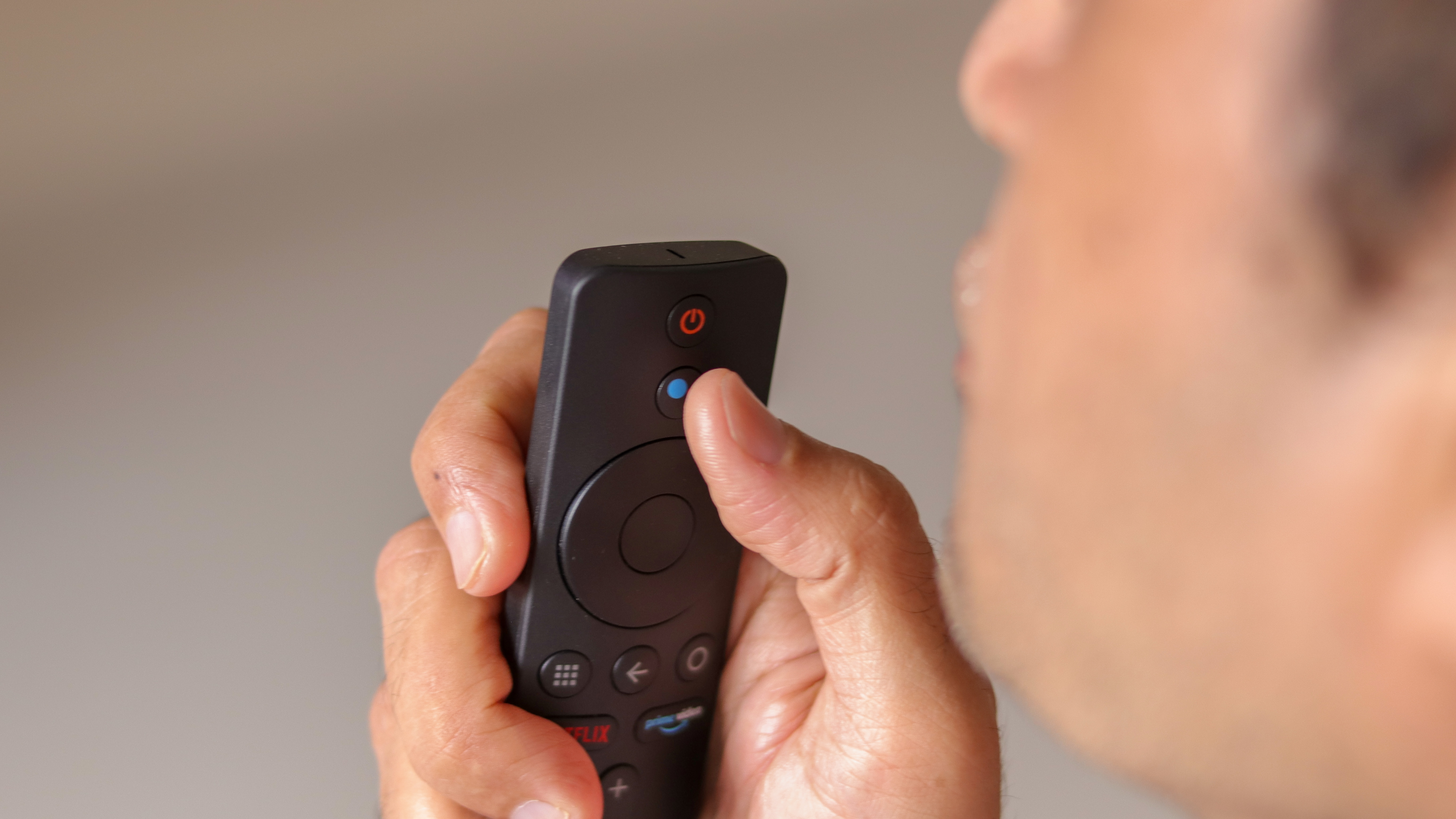
At a price of Rs 3,499, there really isn’t much to complain about with the Xiaomi Mi Box 4K. If you already have a capable TV or a smart box, then you probably don’t need to get one, but for those on the edge looking to get the most out of their perfectly capable TVs, it is a no-brainer. Features such as 4K HDR playback, built-in Chromecast Ultra, ability to add your TV as a speaker and bloatware-free Android TV go a long way to ensure that it is not just meant for basic TVs but even for the high-end ones that are held back by software.
It’s closest competition is the Fire TV 4K, which is a basic stick with no additional I/O, but brings support for Dolby Vision and Apple TV. However, its operating system is nowhere as refined or unbiased as Google’s.
Aakash is the engine that keeps TechRadar India running, using his experience and ideas to help consumers get to the right products via reviews, buying guides and explainers. Apart from phones, computers and cameras, he is obsessed with electric vehicles.
